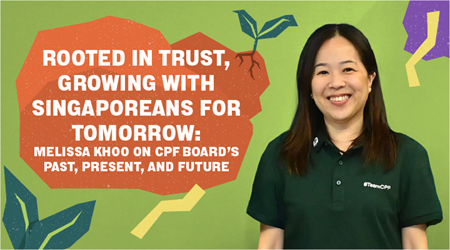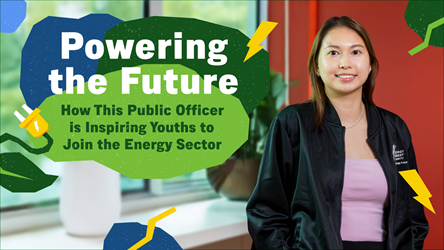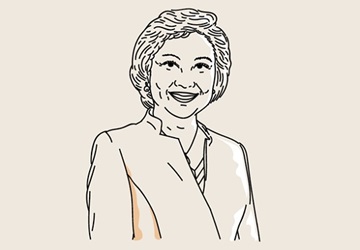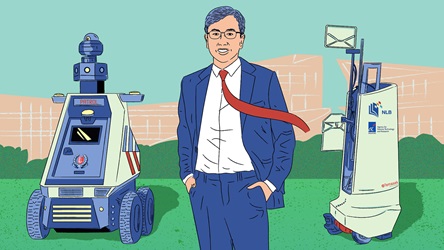"Don't Forget the People"
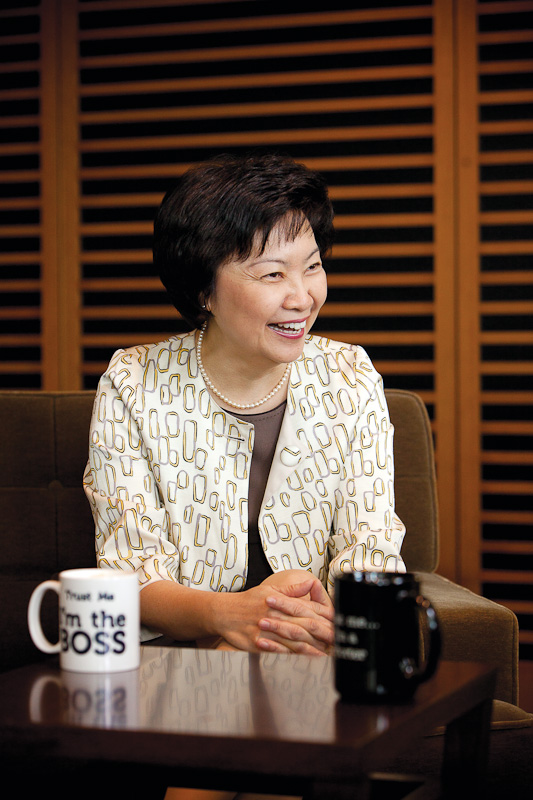
When it came to deciding what she would study in university, Cheong Koon Hean decided to marry her love of science and the arts by specialising in architecture. She realised later that her real passion lies in urban planning, which she describes as more macro.
“A single building takes maybe two or three years to complete, and is less impactful,” says Dr Cheong, who has a master’s degree in urban development planning from University College London. “Urban planning works on a much larger scale, and takes more time, but it can influence a city and a country.”
And she certainly has done that, having become the single policymaker most closely associated with Marina Bay’s glamorous makeover. But the former Urban Redevelopment Authority (URA) chief executive is not one to dwell on the aesthetic audacities of Singapore’s stylish new skyline. Ask her about architects who inspire her, and Dr Cheong mentions Moshe Safdie, who had dreamed up Marina Bay Sands’ curving towers and surreal ship-shaped roof, as an example.

His striking building and the swanky waterfront neighbourhood it dominates have propelled Singapore into a new league of fast-developing, futuristic global cities. Dr Cheong’s remarks about Mr Safdie are telling: “He’s very hands-on, takes pride in his work, and produced a very good building.” The note of pragmatism is pronounced – and somewhat unexpected, coming from someone who frames the work of urban planners as making dreams come true.
At the URA, where she was CEO for six years, “we did a lot of dreaming... we’d to convince private developers that what we wanted to do was worthwhile, in order for them to build the way we envisioned the city to be,” she says.
Her grasp of the big picture manifests as a delight in details. She speaks of how deliberate planning and persuasion led to the way public spaces at Marina Bay connected with individual buildings.


The CEO of the Housing and Development Board remains a dreamer in her new job. “We’re creating a good environment for people to live in, making their lives better. It’s so exciting to get your first home, and as the master planner and developer, we’ve to deliver homes that are good value for money. We’ve to convince people this dream (of owning a home) is worth doing.”
To go from shaping the skyline to contemplating the designs of rubbish chutes in HDB blocks may seem like a dramatic change. But she does not believe that her new portfolio is necessarily more inward-looking than her previous one.
“URA used to be more domestically focused but we started to tap ideas and marketed Singapore internationally when we recognised that Singapore has to compete globally,” she notes. The same applies to HDB. “We need to pay more attention to good ideas that are out there. For example, Singapore is a little behind in sustainability while Europe is very far ahead. We can definitely learn a lot from them. HDB must do our part in this area, especially since we are the largest developer in Singapore. What we do can change the industry.”
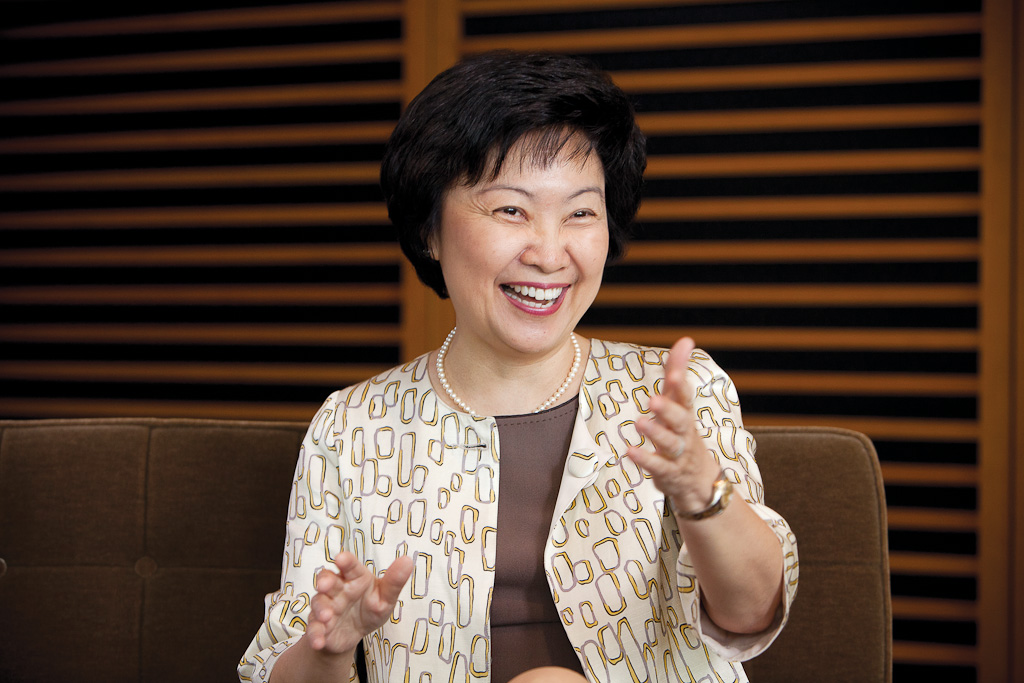
Indeed, she has her sights set on much more beyond the hot-button issues of supply and affordability that have dominated public discourse on public housing. Besides sustainability, HDB will also focus on creating more public spaces, and community-centric towns. “We need to pay more attention to public spaces, how to activate them so these are very friendly and people just congregate there,” she says. “Place-making and place management includes a vision about how people use a place. Don’t forget the people.”
Dr Cheong – the daughter of a self-made businessman and homemaker – tries to have kopi or meals at coffee shops and visits rental blocks to get a feel of the ground.
Asia, she says, “is always in a hurry. We build very fast, and there is often not enough time to reflect on what you build”. Reserving time and space for reflection is important for the self-confessed nature-lover, who was inspired by Britain’s Lake District when naming the new Jurong Lake District during her URA days.
She lets on that she loves fishing – how as a young girl, she would fish in Punggol while enjoying fresh soursop juice. “When my sons were growing up, I liked to bring them to the kelongs where our catch can be cooked for us. It’s very therapeutic to slow down, just you and the sea. I highly recommend it.”
If you have no time for a kelong trip, try taking a stroll at Punggol Waterway where you might find Dr Cheong taking in the sunset.

Coffee, in the morning.
Your favourite flavour or brand?I prefer local coffee.
Where do you usually have your cuppa?It can be anywhere, like a coffee shop or a hawker centre.
- POSTED ON
Jan 1, 2012
- TEXT BY
Hong Xinyi
- PHOTOS BY
John Heng




